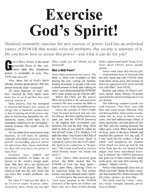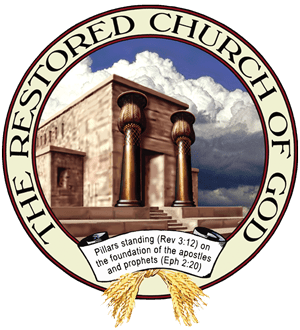First of all, let’s ask: What are these words and symbols? Psalm 119 is divided into 22 sets of eight-verse strophes, or sections. Before each section, a word and sometimes a symbol appear. These words are the English names of the letters of the Hebrew alphabet. The symbols represent the Hebrew letters. So what is their meaning?
Psalm 119, like most of the psalms, was originally composed as a song to be sung in praising God. But it is also written in a unique poetic form known as an acrostic. (A few other psalms are written in this manner as well, but Psalm 119 is the best example.) In an acrostic, the first verse begins with a word starting with the first letter of the Hebrew alphabet, Aleph. The second verse then begins with a word starting with the second letter, Beth. This pattern continues until the alphabet is used up.
Because Psalm 119 is divided into 22 eight-verse sections, each section then represents a Hebrew letter. The first eight verses all begin with the letter Aleph. Verses 9-16 all begin with Beth, and so on throughout the psalm.
But why do we not see this upon reading Psalm 119? This pattern is only seen in the Hebrew text. In any other language, it would be difficult—even impossible—to retain both the poetic form of the psalm and the accuracy of translation. But the translators have used the Hebrew letters to section off what is the largest chapter of any book of the Bible, and also given us an accurate translation. (For more information, you may wish to read our booklet How We Got the Bible – Which Translations Are Best?)
While newspapers, magazines and other news media report what happened, The Real Truth analyzes and explains the root cause of why events happen—why humanity is at a loss to solve today’s problems.



















